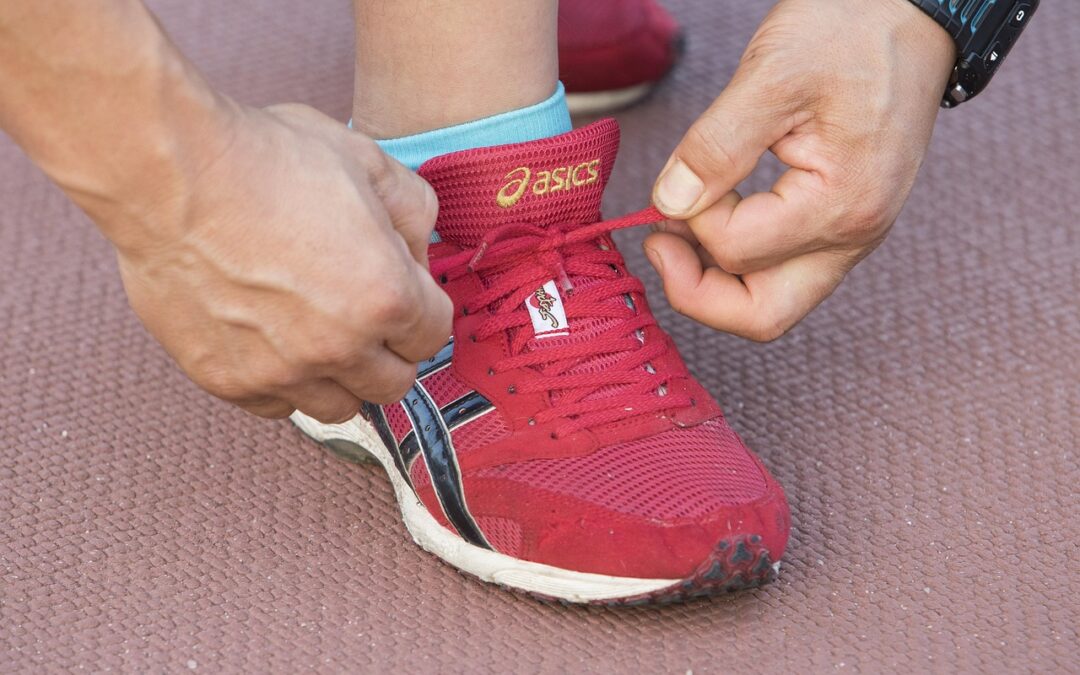
Stride in Style: The Best Running Shoes for Every Type of Runner
Introduction
Finding the best running shoes is more than just a fashion statement—it’s a crucial decision that impacts your comfort, performance, and overall running experience. With countless options available, choosing the right pair can feel overwhelming. Whether you’re a beginner lacing up for the first time, a seasoned marathoner, or someone who enjoys casual jogs, the right running shoes can make all the difference.
This guide will walk you through everything you need to know about selecting the best running shoes for your needs. We’ll break down the key features to look for, discuss the science behind cushioning and support, highlight top choices for different experience levels, and help you avoid common pitfalls. Finally, we’ll present the best running shoes of 2024 to help you make an informed decision. Let’s dive in!
Running Shoes Demystified: Key Features Every Runner Should Know
Before you hit the pavement or the trails, understanding the key features of running shoes is essential. Not all shoes are created equal, and what works for one runner might not work for another. Here are the fundamental components to consider:
1. Cushioning
Cushioning absorbs the impact of each stride, reducing stress on your joints. Some shoes offer maximum cushioning for a plush feel, while others provide minimal cushioning for a more responsive ride. Your choice depends on your personal preference and running style.
2. Support and Stability
Support in running shoes helps maintain proper foot alignment, which is crucial for preventing injuries. Stability shoes are ideal for runners who overpronate (foot rolls inward), while neutral shoes cater to those with a normal gait.
3. Fit and Comfort
A well-fitting running shoe should feel snug but not too tight. There should be enough room in the toe box to allow natural movement while preventing blisters and discomfort. Trying on shoes in the evening when your feet are slightly swollen can help you find the best fit.
4. Outsole and Traction
The outsole determines how well the shoe grips different surfaces. Road running shoes typically have smoother soles, while trail running shoes feature aggressive treads for better traction on uneven terrain.
5. Breathability and Durability
Breathable materials like mesh keep your feet cool during long runs, while high-quality construction ensures longevity. Finding a balance between ventilation and durability can enhance your running experience.
Best Running Shoes for Beginners, Pros, and Everyone in Between
Choosing the best running shoes depends largely on your experience level. Different runners have different needs, and understanding these can help you make an informed decision.
1. Best Running Shoes for Beginners
Beginners should prioritize comfort, support, and cushioning. Top picks for new runners include:
-
-
- Brooks Ghost 15 – A versatile, cushioned shoe perfect for new runners.
- Nike Pegasus 40 – A great all-rounder with responsive cushioning.
- Asics Gel-Nimbus 25 – Ideal for those needing extra shock absorption.
-
2. Best Running Shoes for Intermediate Runners
Intermediate runners often look for a mix of comfort and performance. The following shoes offer excellent balance:
-
-
- Hoka Clifton 9 – A lightweight yet cushioned option.
- Saucony Endorphin Speed 3 – Great for speed workouts and daily training.
- On Cloudflow – Provides a smooth, responsive ride.
-
3. Best Running Shoes for Advanced Runners
Experienced runners often have specific preferences based on race goals and training intensity. Top options include:
-
-
- Nike Vaporfly 3 – Designed for race-day speed.
- Adidas Adizero Pro 3 – Lightweight with superior energy return.
- New Balance FuelCell SuperComp Elite v3 – A powerhouse for long-distance runners.
-
The Science Behind Running Shoes: Cushioning, Support, and Fit
Understanding the science behind running shoes can help you find the perfect pair. Here’s how different factors play a role in performance and injury prevention.
1. Cushioning: Absorbing Impact
The midsole of a running shoe is responsible for cushioning. EVA foam and proprietary materials like Nike’s ZoomX or Adidas’ Boost offer varying degrees of responsiveness and comfort.
2. Support: Preventing Injuries
Support features, such as medial posts and guide rails, help control motion and prevent excessive pronation, which can lead to injuries like shin splints and plantar fasciitis.
3. Fit: The Key to Comfort
A proper fit ensures that your foot sits securely in the shoe without excessive movement. Runners should consider width, arch support, and overall snugness to find the best match.
Avoiding Common Running Shoe Mistakes: What to Watch Out For
Many runners unknowingly make mistakes when selecting and wearing running shoes. Here are some key pitfalls to avoid:
1. Choosing Style Over Function
Trendy shoes may look great, but they’re not always the best for running. Focus on performance over aesthetics.
2. Ignoring Pronation and Foot Type
Failing to consider whether you have flat feet, high arches, or neutral pronation can lead to discomfort and injuries.
3. Wearing the Wrong Size
Running shoes should be about half a size larger than your regular shoes to account for foot expansion during runs.
4. Not Replacing Worn-Out Shoes
Running shoes should be replaced every 300-500 miles. Worn-out shoes lose cushioning and support, increasing the risk of injuries.
5. Skipping the Break-In Period
New running shoes need a break-in period. Start with short runs before using them for long distances to avoid blisters and discomfort.
2024’s Top Running Shoe Recommendations for Maximum Performance
With so many choices available, finding the best running shoes can be daunting. Here are the top recommendations for 2024:
1. Best Overall Running Shoe
- Brooks Ghost 15 – A perfect blend of cushioning, support, and durability.
2. Best for Speed
- Nike Vaporfly 3 – The go-to option for race-day performance.
3. Best for Trail Running
- Salomon Speedcross 6 – Excellent traction and durability for off-road adventures.
4. Best Budget Running Shoe
- New Balance Fresh Foam 880v13 – Affordable without sacrificing quality.
5. Best for Long-Distance Running
- Asics Gel-Nimbus 25 – Superior cushioning for marathon training.
Conclusion
Selecting the best running shoes is a personal journey that depends on your running style, experience level, and goals. By understanding key features, avoiding common mistakes, and choosing the right pair for your needs, you can enhance your running experience and reduce the risk of injuries. Whether you’re a beginner or a pro, the right shoes will help you stride in style and comfort. Happy running!
